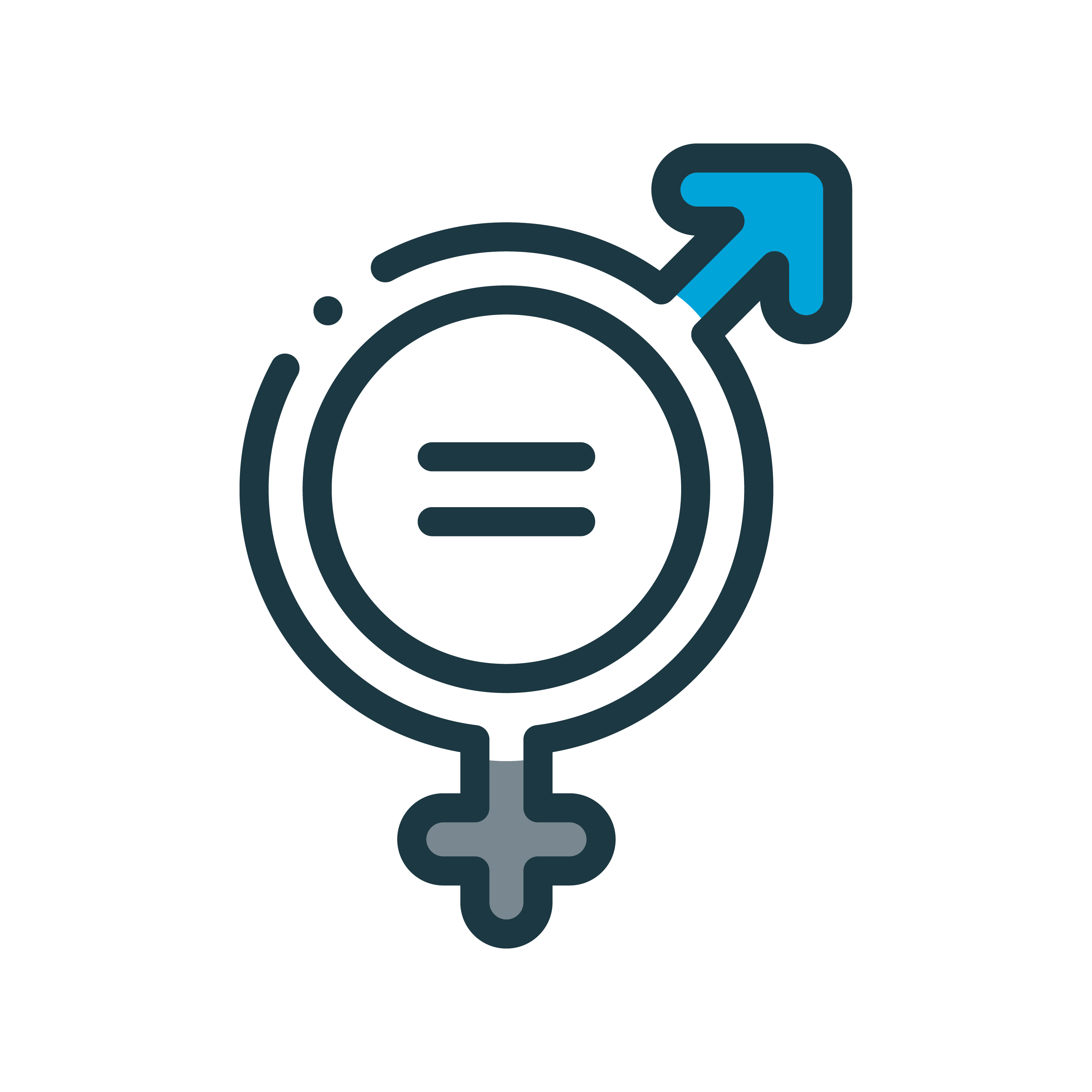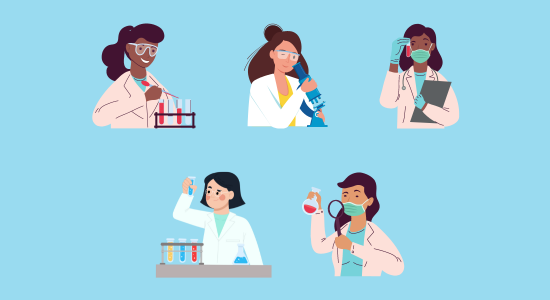Women in Sustainable Chemistry
Taking gender aspects into account in chemicals management is important as gender equality will not be achieved if inequalities remain. Driving Sustainable Chemistry forward in all regions of the world is our key mission in order to achieve the SDGs, including SDG 5 on gender equality.




